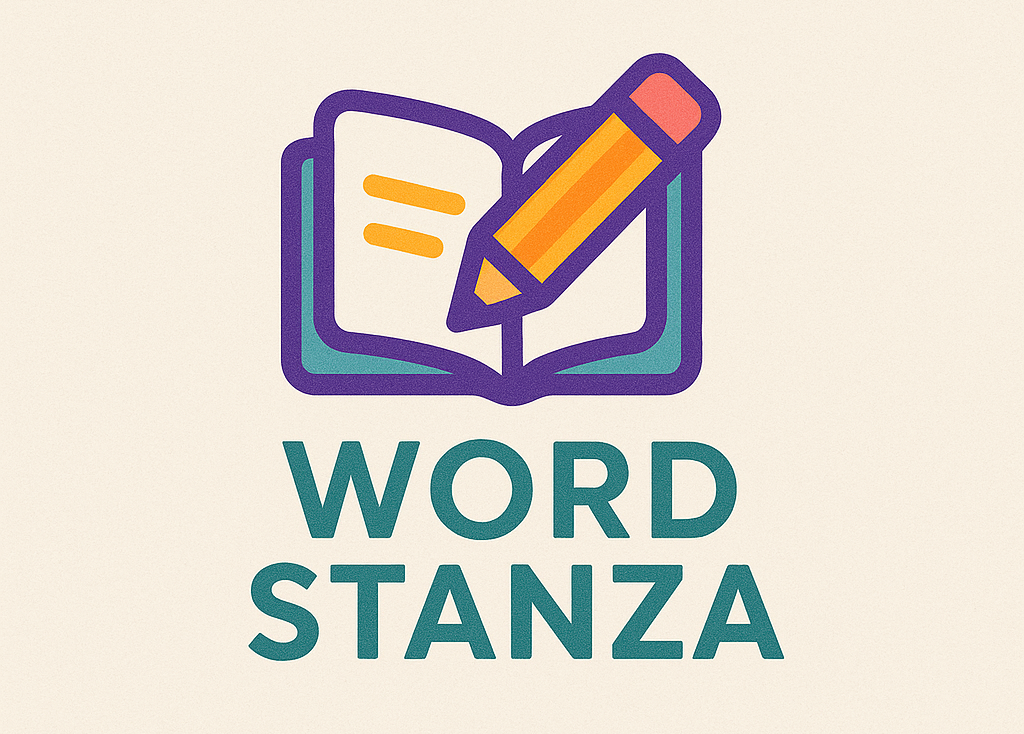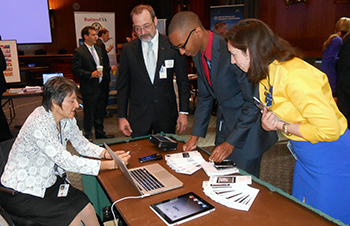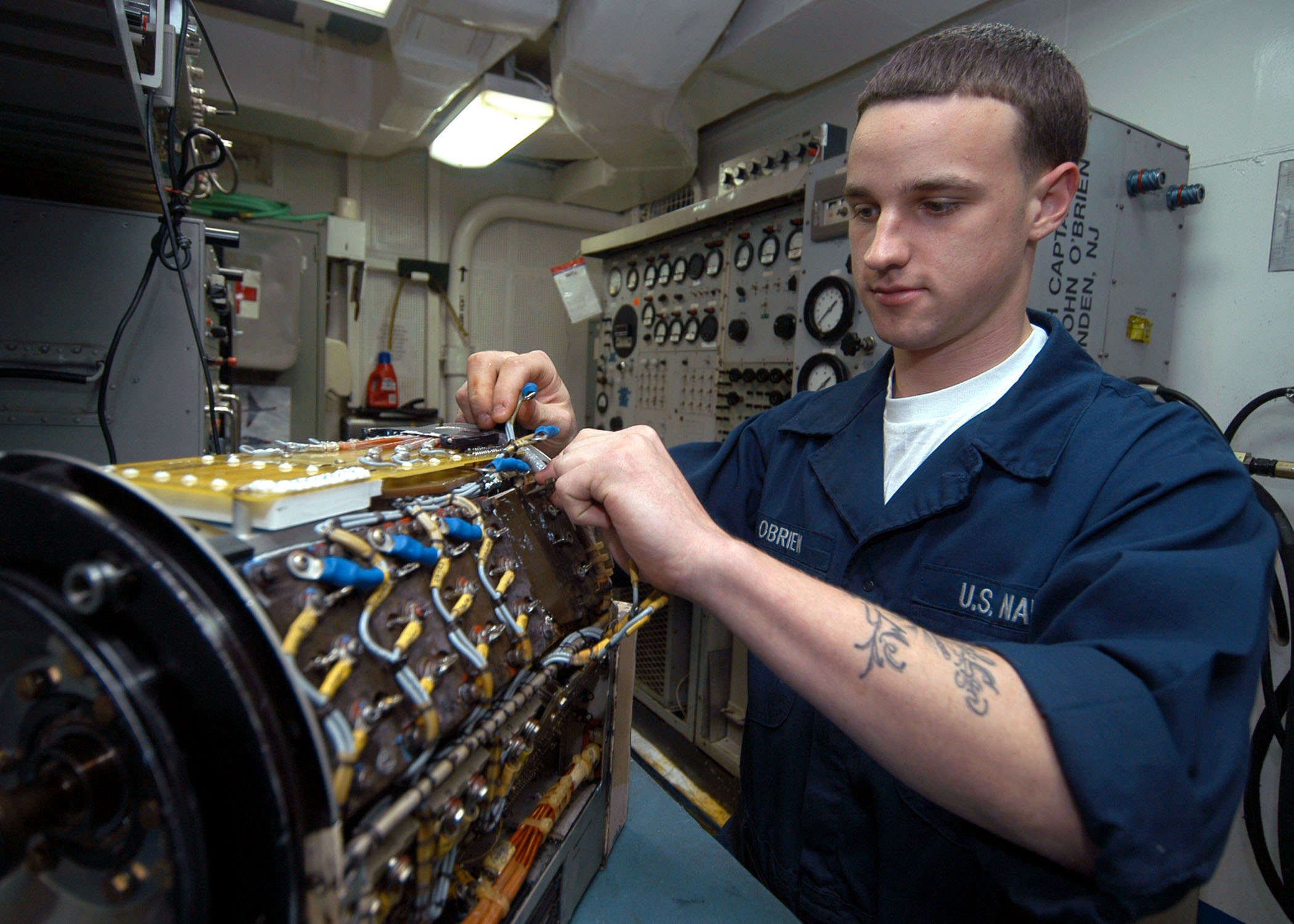In today’s fast-paced world, emergencies can occur at any moment, and being prepared to respond effectively can make a significant difference in the outcome of a crisis. Medical response training is essential for individuals and organizations seeking to enhance their emergency preparedness skills. This training equips participants with the knowledge and skills necessary to respond to medical emergencies, ensuring that they can provide immediate care and support when needed.
Medical emergencies can range from minor injuries to life-threatening situations, such as cardiac arrest or severe trauma. The ability to assess a situation quickly, provide first aid, and communicate effectively with emergency services is crucial. Medical response training focuses on these key areas, teaching participants how to recognize emergencies, perform basic life support, and utilize medical equipment effectively.
One of the primary components of medical response training is understanding how to perform CPR (cardiopulmonary resuscitation). CPR is a lifesaving technique that can be used when someone’s heart stops beating. Training programs typically cover the proper techniques for administering chest compressions and rescue breaths, as well as how to use an AED (automated external defibrillator). This knowledge can empower individuals to act quickly and confidently during a cardiac emergency.
Another important aspect of medical response training is learning how to manage injuries. Participants learn how to treat cuts, burns, fractures, and other common injuries. This includes understanding the importance of wound care, how to control bleeding, and when to seek professional medical help. By mastering these skills, individuals can provide immediate assistance to those in need while waiting for emergency services to arrive.
Effective communication is also a critical skill taught in medical response training. Participants learn how to assess a scene, gather information from bystanders, and relay essential details to emergency responders. This ability to communicate clearly can significantly improve the response time and effectiveness of professional medical teams.
Medical response training is not only beneficial for healthcare professionals but also for anyone who wants to be prepared for emergencies. Businesses, schools, and community organizations can implement training programs to ensure their staff and members are equipped to handle medical crises. This proactive approach fosters a culture of safety and preparedness, ultimately leading to better outcomes in emergencies.
For those interested in pursuing medical response training, various resources are available. Many organizations offer courses that range from basic first aid to advanced life support techniques. Online platforms also provide access to training materials and virtual courses, making it easier for individuals to learn at their own pace. Engaging in these training programs can be a valuable investment in personal safety and the safety of others.
In addition to the skills learned, participating in medical response training can also build confidence. Knowing how to respond in an emergency can reduce anxiety and hesitation when faced with a crisis. This confidence can be vital in high-pressure situations where quick thinking and decisive action are required.
Furthermore, the benefits of medical response training extend beyond individual preparedness. Communities that prioritize training often see a reduction in emergency response times and improved overall public health outcomes. When more people are trained to respond effectively to medical emergencies, the entire community becomes safer.
In conclusion, medical response training is a critical component of emergency preparedness. It equips individuals with the necessary skills to handle medical emergencies, enhances communication with emergency services, and fosters a culture of safety within communities. Whether through in-person courses or online resources, individuals are encouraged to seek out medical response training opportunities. By doing so, they can be better prepared to respond effectively in emergencies and potentially save lives.




